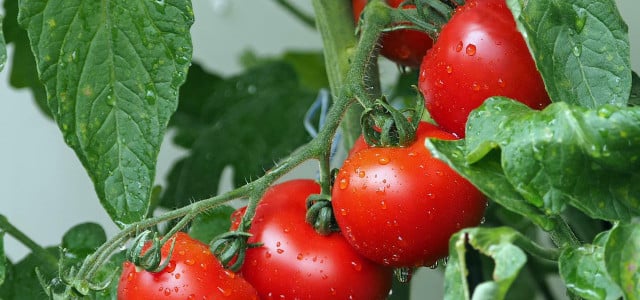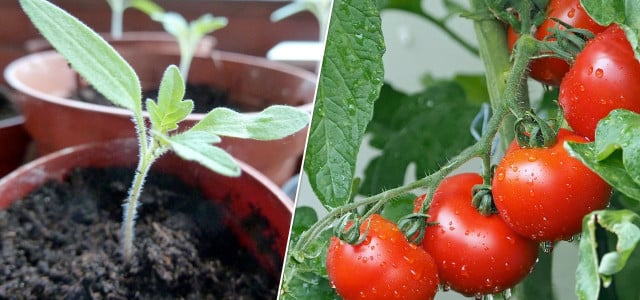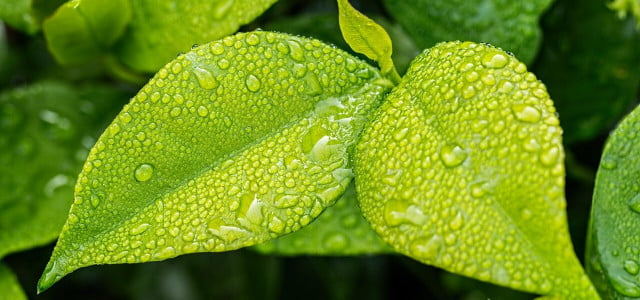Overwatered tomato plants will stop producing those plump tomatoes. Learn how to identify the signs of an overwatered tomato plant and how to fix it here.
The signs of an overwatered tomato plant can be confusing, as they sometimes mimic symptoms of an underwatered tomato plant. How can you spot the difference? Read on to learn how to spot the signs of an overwatered tomato plant and what you can do to fix it.
Signs of an Overwatered Tomato Plant



(Foto: CC0 / Pixabay / mollyroselee)
Overwatered tomato plants have a few telltale signs that relay the message to water them less. Once you spot these symptoms, you can begin to find the right balance of water for your tomato plants. These include:
- Wilting leaves: wilting leaves are a clear sign that your tomato plant is overwatered. It can be confusing, because often leaves wilt when they are underwatered as well. In this case, if you notice that you have wilting leaves and the soil is still damp, that is a good sign that you have overwatered your tomato plant.
- Yellow leaves: yellowed leaves and stems are also a good indication that you have overwatered your tomato plants. The change in color to yellow is an indication that the plant can’t get enough oxygen to keep it a healthy green color, and that the roots are being drowned.
- Roots are dark: although you can only see this if you plan to repot your tomato, or have a clear pot, the roots should not be dark in coloor. If they are, that is a sign the plant has been overwatered.
- Blisters/Bump: if you have blisters or bumps on the leaves, this is a sign that the plant has taken in too much water.
- Cracked fruit: a common sign of an overwatered tomato plant is that the fruit will crack or split.
- Foul odors: if you notice a foul smell coming from your plant, this is also a sign that water has been stagnant inside the pot and is drowning the roots. You might even notice moldy soil.
- Soil is moist hours later: if you see water a few hours after you have watered your plant, the soil does not drain properly which means the plant is getting too much water and not enough oxygen.
How to Fix an Overwatered Tomato Plant
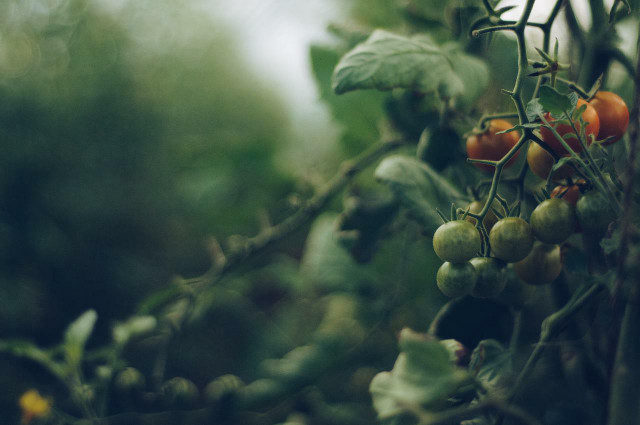


(Foto: CC0 / Pixabay / bohdanchreptak)
If you notice any of the above signs, your tomato plant may need some extra TLC to maintain its liveliness. Tomatoes can be saved if they are overwatered if caught early enough. Once you spot any of the above signs, follow these simple tips to better care for your plant:
- Get rid of excess water: if your plant is sitting on a plate or has an avenue to get water through a draining hole (for example, it sits inside a larger pot), remove the plate where excess water gathers.
- Dry out the roots: remove the plant from its pot, and any excess dirt, then lay the plant on top of a newspaper or other paper so that the paper can dry out the roots.
- Root treatment: if you have removed the plant from the ground/its pot and you notice the roots are damaged (dark in color and fleshy) you can trim away the damaged sections before repotting the plant in fresh soil.
- Fresh soil: once the roots are dry, you should repot the plant in fresh soil or compost. To do this, gently remove the plant from its pot, along with any excess soil. Choose a soil that will drain properly and gives your plant’s roots space to breathe.
- Repot: you can repot your tomato plant in fresh soil/compost that drains well and in a pot that is just large enough to house the roots. Make sure the pot has a drainage hole to allow water to exit the soil. If your tomato plants are outside, consider covering the soil if you have had excess rain or move the plants inside where you can more accurately water them.
Tips for Growing Tomatoes
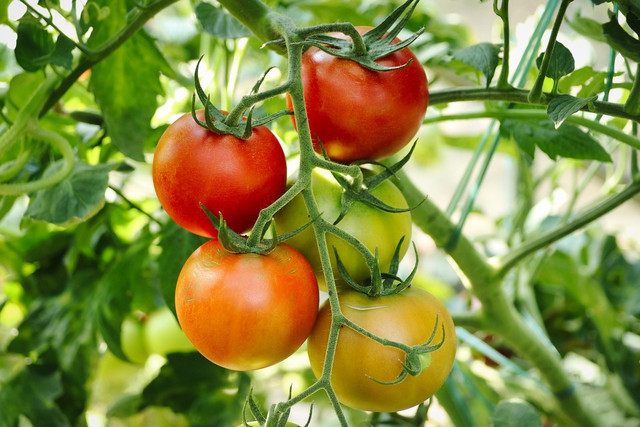


(Foto: CC0 / Pixabay / planet_fox)
In order to reap the best harvest from your tomato plant, follow these tips.
- Only water if the dirt is dry 2-3 inches below the surface.
- Aim to water your plant approximately 1 inch per week, though more may be necessary during heatwaves.
- If your plants are outside, monitor the rainfall. If excessive rainfall occurs, cover the soil until rainfall stops.
- Remove the suckers and bottom leaves so that more energy goes towards bearing fruit.
- Use mulch to help maintain a more consistent moisture level.
- Put up a bird house, or bird feeder in your yard to keep birds away from your tomatoes while they ripen.
- Use companion planting to your advantage.
Read more:
- Should Tomatoes be Refrigerated? Tips for Storing Tomatoes
- Overwatered Aloe Plant: Telltale Signs & Easy Solutions
- Keep Your Houseplants Alive: 10 Tips for Healthy Indoor Plants
Do you like this post?






